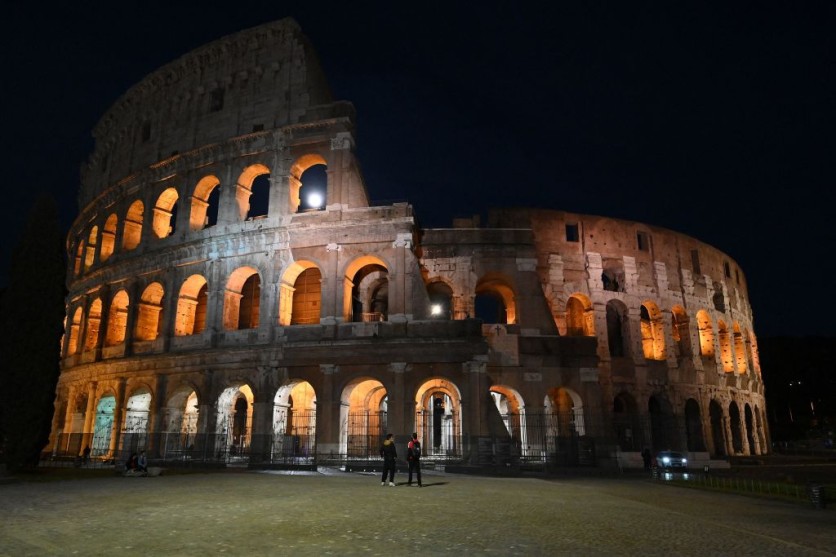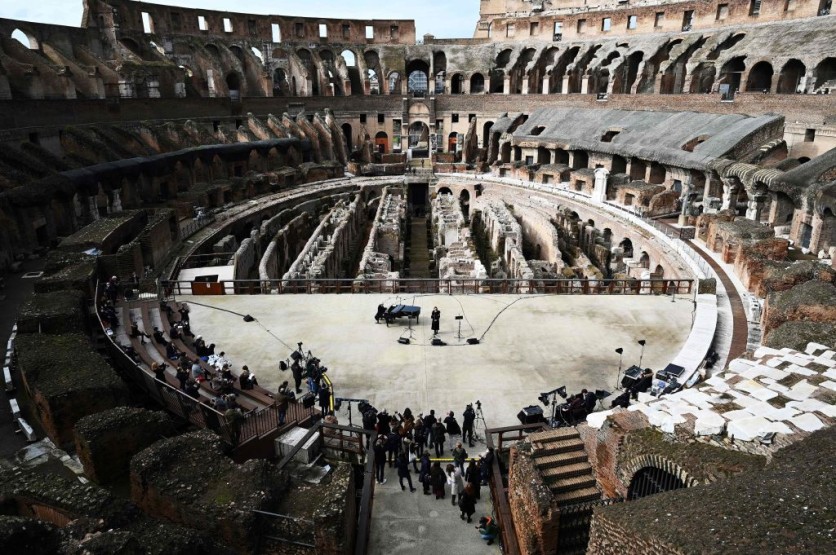Archaeologists have discovered new information on the experience of attending events at the ancient amphitheater, including their possible snack preferences, in the sewers and tunnels beneath Rome's famed Colosseum, reported first by the Smithsonian Magazine.
The team found remnants of grapes, figs, peaches, nuts, meats, cherries, blackberries, and olives from 1,900 years ago after one year of investigation.
These appetizers were likely to be consumed by spectators at the renowned amphitheater as they watched performances such as plays and gladiator battles.

A Discovery of Animal Bones
Alfonsina Russo, director of the Colosseum Archaeological Park, told Reuters that the finds expand our knowledge of the experience and habits of ancient persons who visited the iconic structure throughout the many days they spent watching shows.
Lion, bear, dog, and other animal bones were also discovered. The researchers make the speculative claim that these creatures may have been forced to engage in combat in front of spectators or may have served as prey in mock hunts.
Additionally, they discovered a rare silver coin from approximately 171 CE, ten years into Emperor Marcus Aurelius' reign, along with 50 bronze coins from the third and seventh centuries.
Federica Rinaldi, the lead archaeologist at the Colosseum, claims that the sewers are the only locations where such finds may be made.
Rinaldi adds that plant remains also reveal the diversity of the Roman era and the usage of evergreen plants as ornaments in the arena during performances, as well as possibly within the Colosseum's vicinity.

Read also : Archaeologists May Have Found a 200-year-old Skeleton that Belonged to a Shipwrecked Sailor in Cornwall
Clearing Out the Colosseum's Sewers
In January 2021, researchers started the massive job of cleaning out the basement corridors and sewers of the 2,000-year-old landmark.
According to Artnet, researchers were navigating the intricate drainage system of the arena using "wire-guided robots" in an effort to understand more about the hydraulic systems that the Colosseum's show producers developed to create water shows.
One of Europe's most popular tourist attractions is the Roman Colosseum. Although gladiator fights are frequently associated with the amphitheater, the biggest in the ancient world, it was also used for lavish theatrical productions. The last games happened around 523 CE, and after that, the structure was abandoned.
The structure's ascending column arrangement served as the inspiration for the Renaissance codification known as the assemblage of orders. Three of the arena's stories are surrounded by arcades framed on the exterior by engaged columns in the Doric, Ionic, and Corinthian orders. Travertine makes up the majority of the structure's framework and facade, while volcanic tufa makes up the secondary walls.
Related Article : Archaeologists Find Possible Remnants of Medieval Thames River Under the Palace of Westminster

ⓒ 2025 TECHTIMES.com All rights reserved. Do not reproduce without permission.




